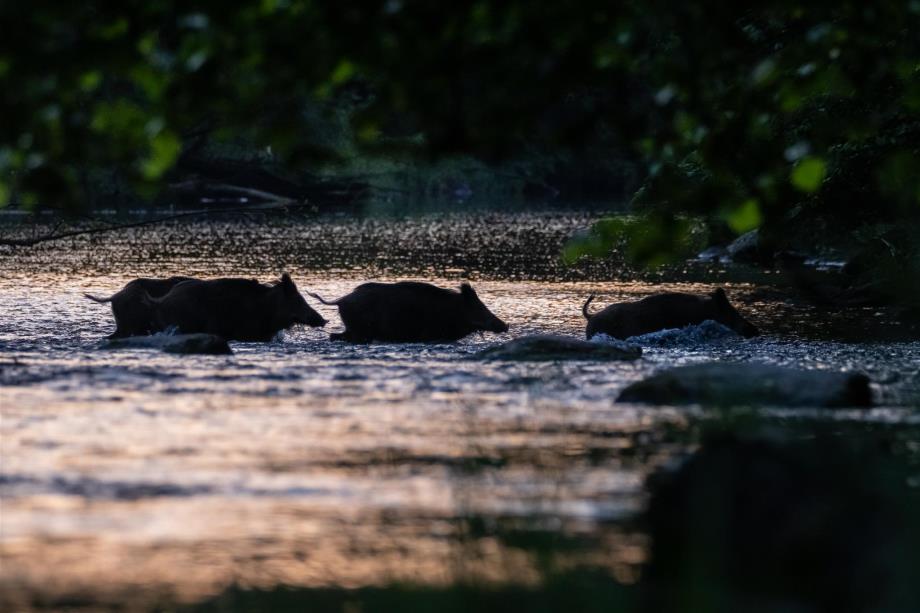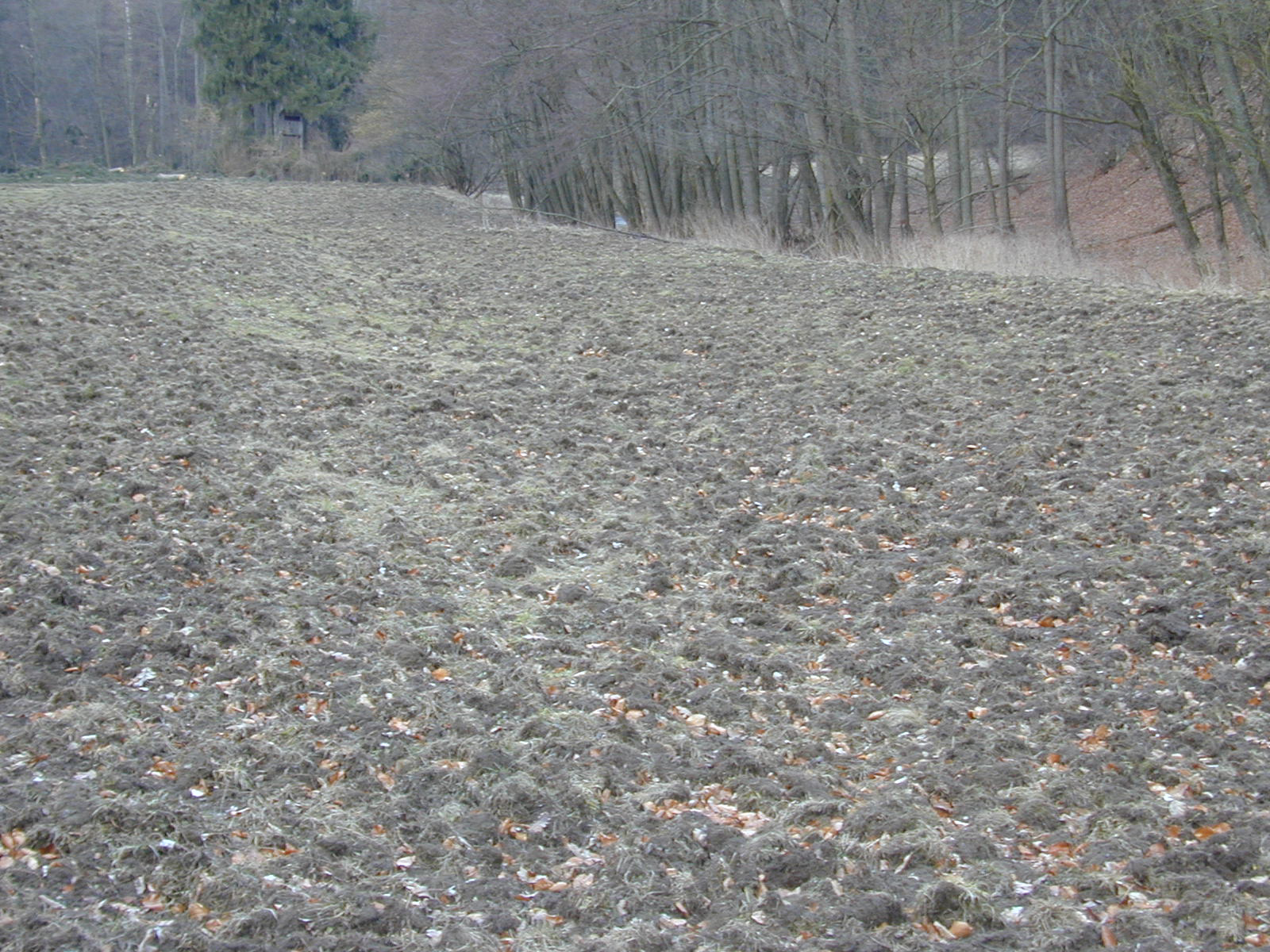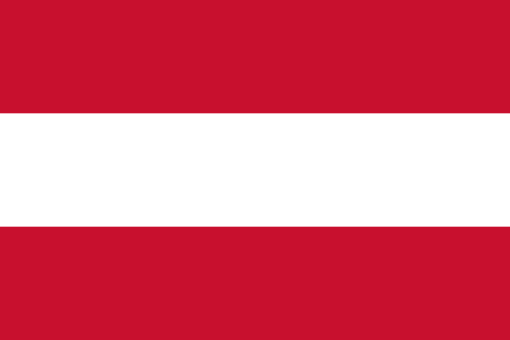Large predators - wolf, bear and lynx - are slowly spreading again, but are still absent in many areas, including the Thayatal National Park. As a result, the natural balance between forest and game suffers. Humans have to compensate for this.
That is why the Thayatal National Park, like any other protected area, keeps a close eye on its game population. It is not hunted in the traditional sense, but is "regulated”. This is done with the aim of preserving the wildlife that naturally lives here as well as its habitat. The one must not get out of hand at the expense of the other.
That is why the Thayatal National Park, like any other protected area, keeps a close eye on its game population. It is not hunted in the traditional sense, but is "regulated”. This is done with the aim of preserving the wildlife that naturally lives here as well as its habitat. The one must not get out of hand at the expense of the other.



